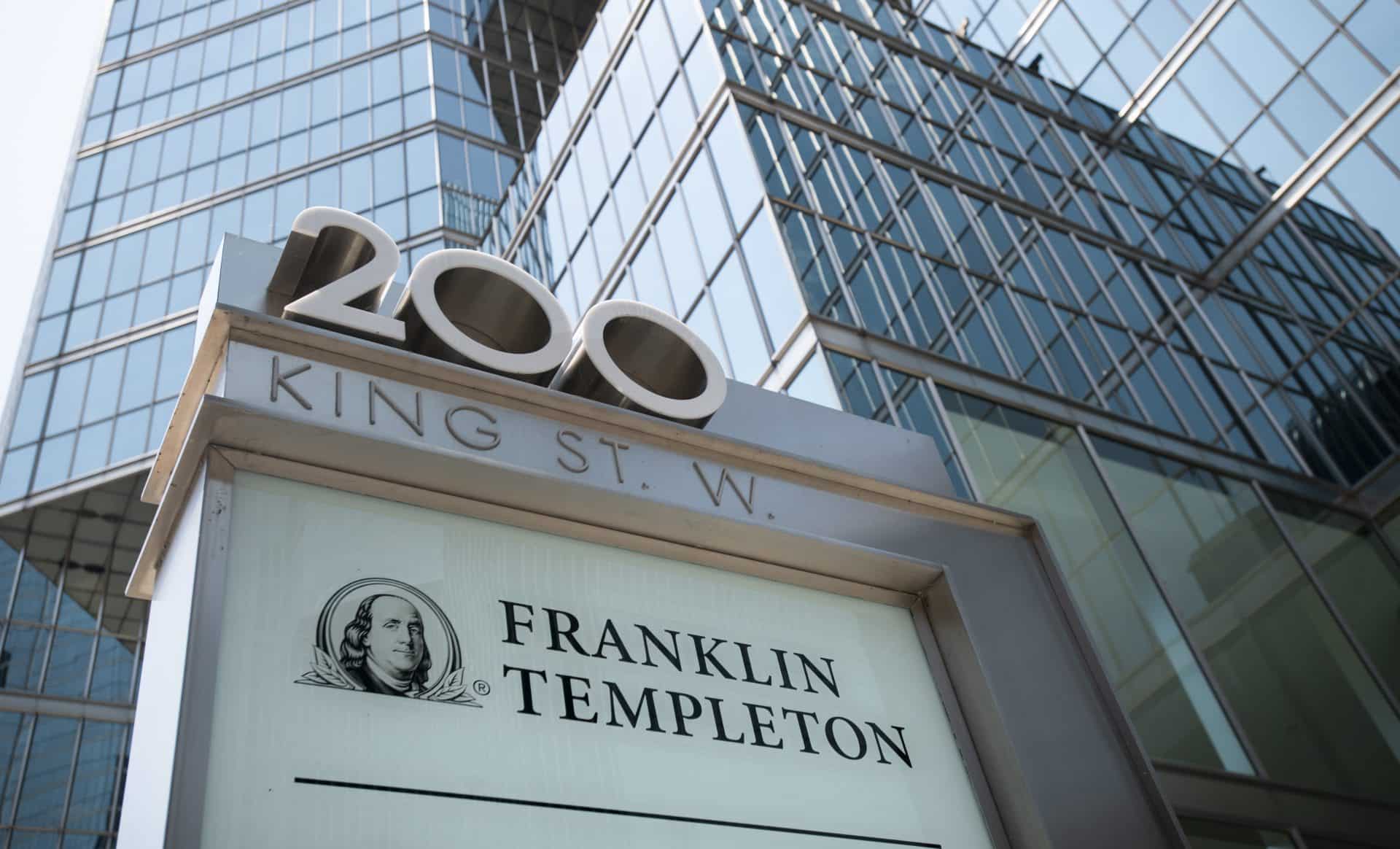Franklin Templeton Tracks Key Innovations in Bitcoin and Ethereum
25.07.2024 21:00 1 min. read Alexander Stefanov
Franklin Templeton is closely tracking several emerging areas within the Bitcoin ecosystem.
The investment firm is particularly interested in advancements following the approval of Bitcoin ETFs earlier this year.
They are focusing on Bitcoin’s layer-2 solutions, which aim to enhance scalability and transaction speed; yield strategies, which could impact how Bitcoin generates returns; ordinals, which allow users to attach digital data like images to individual units of Bitcoin, effectively creating NFTs on the network; and the OP_CAT proposal, a feature that could simplify transactions and enable more complex smart contracts by expanding Bitcoin’s scripting capabilities.
In addition, Franklin Templeton is keeping a close watch on developments within the Ethereum network.
They are excited about innovations such as parallel execution, which promises to improve transaction processing efficiency, and new yield mechanisms that could optimize returns.
The firm is also interested in alternative data availability solutions designed to ensure that blockchain data remains accessible and reliable, and “blobs,” which are dedicated data storage spaces intended to lower transaction fees.
These initiatives reflect the firm’s broader strategy of investing in blockchain technologies that could significantly impact the future of digital finance.
-
1
Semler Scientific Bets Big on Bitcoin as Traditional Finance Stays Doubtful
21.06.2025 18:00 2 min. read -
2
Chinese Bitcoin Mining Giants Shift to U.S. Amid Rising Tariff Pressures
19.06.2025 21:00 2 min. read -
3
Ethereum Loses Retail Momentum as Bitcoin Pulls Ahead
20.06.2025 21:00 1 min. read -
4
Bitcoin’s Biggest Holders Could Trigger Next Major Crash, Analyst Warns
16.06.2025 12:00 1 min. read -
5
Norwegian Mining Firm Adopts Bitcoin as Treasury Reserve
23.06.2025 22:00 1 min. read
This Week in Crypto: Whale Accumulation, Ethereum Signals, and a Sentiment Shake-Up
According to the latest Santiment report, the crypto market is entering a critical phase, with a mix of bullish on-chain signals and cautionary sentiment indicators.
Mysterious $8.6B Bitcoin Transfer Sparks Speculation Over Satoshi-Era Wealth
In a stunning on-chain event that has reignited curiosity across the crypto community, more than $8.6 billion worth of Bitcoin linked to the network’s earliest years—commonly referred to as the “Satoshi era”—was quietly moved on Friday in what analysts believe is the largest single transfer of early-mined BTC ever recorded.
Esports Giant Moves Into Bitcoin Mining
The parent company behind the iconic esports brand Ninjas in Pyjamas (NIP) is taking a sharp turn into the world of Bitcoin mining, signaling a significant evolution from pure entertainment to digital infrastructure.
Billionaire Says ‘Sell Your House, Buy Bitcoin’: Fiat Collapse Is Coming
Mexican billionaire and Bitcoin enthusiast Ricardo Salinas has renewed his warning about the risks of fiat currency systems, urging people to reconsider their financial strategies in light of what he believes is an impending monetary collapse.
-
1
Semler Scientific Bets Big on Bitcoin as Traditional Finance Stays Doubtful
21.06.2025 18:00 2 min. read -
2
Chinese Bitcoin Mining Giants Shift to U.S. Amid Rising Tariff Pressures
19.06.2025 21:00 2 min. read -
3
Ethereum Loses Retail Momentum as Bitcoin Pulls Ahead
20.06.2025 21:00 1 min. read -
4
Bitcoin’s Biggest Holders Could Trigger Next Major Crash, Analyst Warns
16.06.2025 12:00 1 min. read -
5
Norwegian Mining Firm Adopts Bitcoin as Treasury Reserve
23.06.2025 22:00 1 min. read


